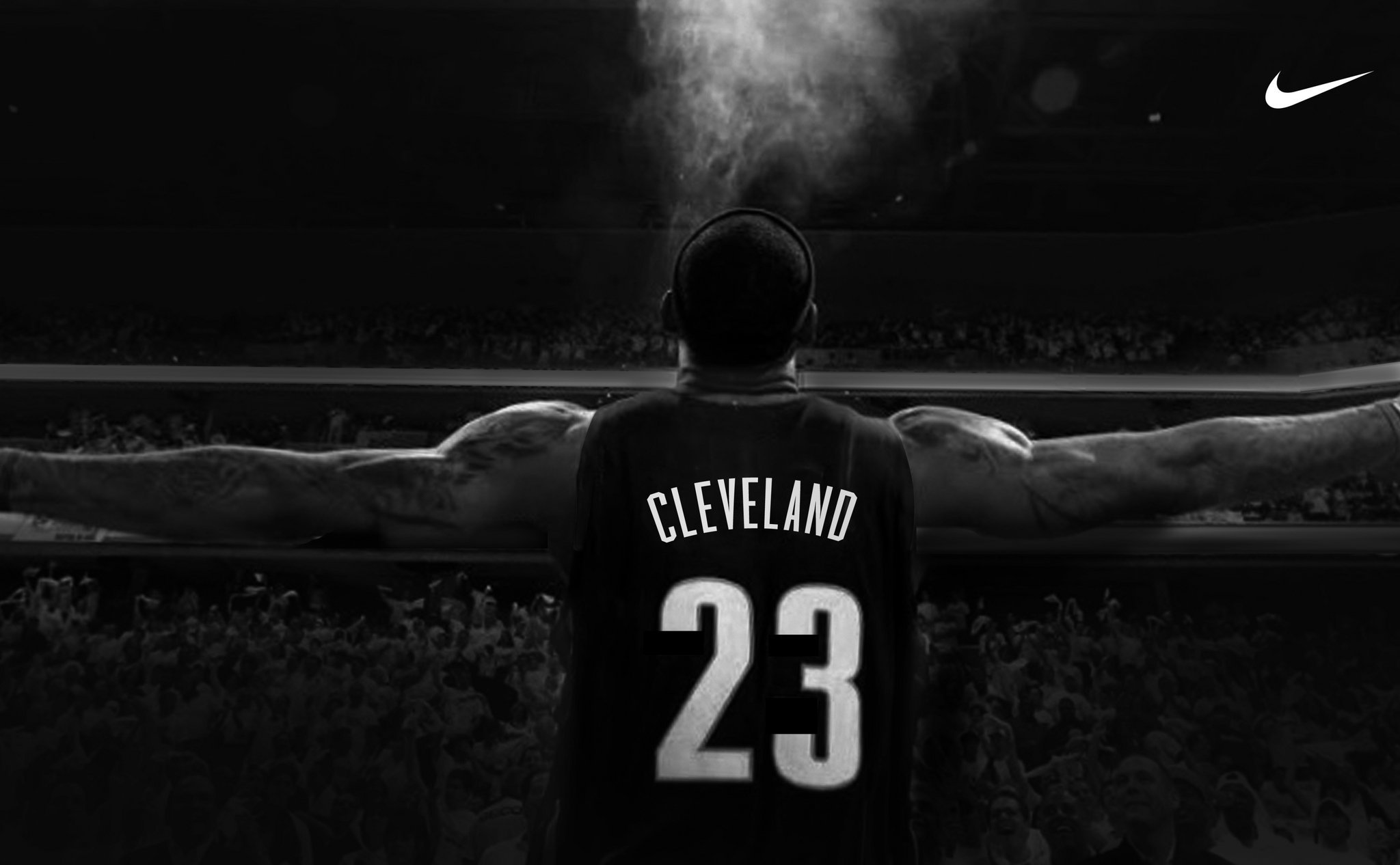
Legacies on the Line
2016-06-16
The stakes are high for LeBron and the Cleveland Cavaliers in the 2016 NBA Finals.
In the 24-hour news machine of America, it’s easy to inflate the importance of a single event as the media saturates our digital airwaves with its need to provide a constant stream of exciting, new content. News is a product that is always in demand and the media reporting it is a business, so the media supplies, supplies, supplies… whether or not there is a product to be made (or news to report). I’d like to thank my high school economics teacher and Anchorman 2 for teaching me these things.
The sports world is the same way, only worse, since it blends entertainment and pop culture with the news. Look on the front page of any major sports website and count the number of headlines you find trivial or non-newsworthy (keep your shoes on, you don’t actually have to count them). Hey, apparently Steph Curry’s game-used mouth guard is up for auction. Joy! The need to create and sensationalize stories and the “obligation” of people to subsequently react on social media for all to see have rendered us prisoners of the moment. Suddenly, a throwaway comment from a player at a presser becomes blown into a misquoted front page story, a team goes from stick-a-fork-in-em done to unstoppable in the span of two games, and every dominant performance must be declared the “Most [something] of All Time”.
It takes a special kind of self deprecation to lay out an introduction like this only to totally sensationalize a narrative surrounding Cavs-Warriors 2.0, and that is exactly what your author is doing in proclaiming: the 2016 Finals are the highest stakes Finals in the history of the NBA. In all seriousness though. From an individual, team-wide, to even a global scale, the outcome of this championship series has repercussions the likes of which the league has never seen. The Warriors lead the series 3-2 but momentum shifts towards the Cavs, who return home for Game 6 in Cleveland tonight. The outcome of this series may remain in question but the gravity is not.
LeBron vs. Steph
On an individual scale, there are a number of intriguing storylines surrounding this championship round: the battle of elite point guards, determining the postseason MVP of the Warriors, Kevin Love‘s fit, even Andersen Varejao being the first player to ever play for both Finals contestants in the same season. But make no mistake, from a player standpoint, the 2016 Finals are all about LeBron James and Stephen Curry.

Budding rivals?
On one end, you have one of the greatest players to step onto the hardwood in LeBron. James is widely considered to be a top 10 all-time NBA talent, sometimes even top five, sometimes top three — and that’s kind of the point. At age 31, we still aren’t positive where LeBron will ultimately rank in the hierarchy of NBA greats. He has much of his career in front of him and already appears on a number of cumulative all-time lists:
-13th All-Time Career Regular Season Points (recently surpassing Oscar Robertson)
-4th All-Time Career Playoff Points (about to pass Kobe Bryant)
-18th All-Time Career Regular Season Assists
-3rd All-Time Career Playoff Assists (recently surpassing Jason Kidd)
-8th All-Time in Total Regular Season Win Shares
-1st All-Time in Total Playoff Win Shares (yes, First. As in, LeBron is the most prolific playoff performer in NBA history)
-1st in Career Regular Season VORP (Surpassing Michael Jordan this year)
-1st in Career Playoff VORP
And that’s only half the story. These cumulative stats that build over time are buoyed by the following efficiency statistics:
-2nd All-Time in Regular Season Player Efficiency Rating (Behind only His Airness)
-3rd All-Time in Playoff PER
And, for the RAPM junkies (which, if you’re not a RAPM junkie, then we’re not doing our jobs well enough), LeBron is unsurprisingly 1st when a gigantic regression is performed on 15 years of play-by-play data starting in 2000. (Kevin Garnett is second for those curious)
But the King currently sits at a 2-4 record in the Finals and a loss this year would drop him to 2-5, making even a .500 Finals record very tough to salvage before the end of his career. Regardless of your opinion on Finals records, it becomes more difficult to make a case for his status among the crème de la crème when comparing his two rings to Jordan’s and Kareem’s six, Magic’s five, Bird’s three or Bill Russell‘s absurd 11. A third ring bumps LeBron way up that list. With all due respect to Kobe Bryant and Tim Duncan, James has been the best to play since MJ, and MJ retired almost 20 years ago (I’m not counting that weird stint in Washington… it never happened, la-la-la-la-la! *covers ears with hands*). As ESPN’s Brian Windhorst has written, “by the time [LeBron] was in his mid-20s he was no longer chasing opponents but chasing ghosts, the greats who’d come before”. For nearly a decade, LeBron has been the unquestioned best player and face of the NBA… Until perhaps this past season.
Stephen Curry first exploded onto the NBA scene in the 2014-15 season. He had been a good player and All-Star before, but his unprecedented rise to superstardom seemed to happen overnight in his fifth year as a pro– shattering the single-season record for three-point shots made, winning MVP, and leading his team to 67 wins and ultimately the NBA title. Defeating LeBron and a depleted Cavs team in the Finals, however, caused many media members and current/former players to hint at an asterisk next to that title. Big mistake, apparently, as Curry made one of the most incredible leaps in back-to-back seasons, breaking his own three-point record, hitting half-court buzzer beaters like layups, leading his team to a 24-0 start and the best regular season record ever at 73-9, and being voted the first-ever unanimous MVP. He was statistically bonkers. To boot, Curry’s jersey led the league in sales this year. If media coverage and jersey sales are any indication, it is clear that the NBA has crowned Curry as its new golden boy. And the man whose crown was stolen, LeBron, is trying to steal it back.
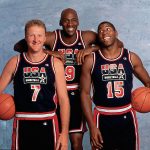
Will this be LeBron and Steph (and some white guy) one day?
As much as the NBA would love to market its player “rivalries”, not many legitimate individual rivals have actually surfaced in recent memory. LeBron has had threats but no lasting nemeses. Paul Pierce in Boston’s Big Three days comes close, but his and James’ career peaks overlapped for only about four seasons. The King hasn’t played Kevin Durant enough for a rivalry to brew (yet — fingers crossed!), never faced Kobe in the Finals, and, despite seeing him in three Finals series, played a different position than Tim Duncan. Even among these greats, Durant hasn’t had a foil of his own. Kobe’s biggest rivals were himself and Shaq, and Duncan was just too darn wholesome to hate. Shaq himself was a peerless physical force. Jordan was a singular greatness, destroying his competition before the public had a chance to percolate the thought of naming him a rival. While it’s premature to call LeBron-Steph a rivalry, one would have to go allll the way back to the 80’s, back when Bird and Magic were duking it out as equals, to find a Finals contest with such high implications for its participants.
The 2016 Finals will, in the eyes of history, affirm the best player on the planet at this point in time. Is this LeBron’s last best chance to win another title and cement his place in the Mount Rushmore of basketball? Can Curry cap off one of the most statistically and aesthetically incredible seasons ever? You’d be hard pressed to find a championship round pitting two guys with more at stake in their legacies than LeBron and Steph.
Cleveland Cavaliers vs. Golden State Warriors
Cavs vs. Warriors is one of the great David and Goliath stories in the history of American sports. The Cavs are, of course, David — playing in Cleveland, a city in the midst of a 52-year sports championship drought despite being home to franchises of the three major US sports… a championship drought that has included heartbreaks so painstakingly infamous they can be referred to simply as “The”… Cleveland, the butt of the joke that has  endured economic downturn and the departure of industry, seemingly in parallel with the fortunes of the city’s sports teams… You’ve seen “Believeland” so I’ll spare the fine details. In 2003, though, a funny, once-in-a-lifetime event occurred when Cleveland’s pro basketball team used the #1 overall pick in the NBA draft to select the highest touted high school prospect ever — a prospect from just down the road in Akron, Ohio named LeBron Raymone James who would go on to be considered one of the top 10 basketball players of all time before even turning 32.
endured economic downturn and the departure of industry, seemingly in parallel with the fortunes of the city’s sports teams… You’ve seen “Believeland” so I’ll spare the fine details. In 2003, though, a funny, once-in-a-lifetime event occurred when Cleveland’s pro basketball team used the #1 overall pick in the NBA draft to select the highest touted high school prospect ever — a prospect from just down the road in Akron, Ohio named LeBron Raymone James who would go on to be considered one of the top 10 basketball players of all time before even turning 32.
Think about all that for a second. We, as sports fans, put so much passion and pride into cheering for our favorite teams. Our fandom hearkens back to the tribal instincts of our ancestors, providing us a modern-day source of entertainment, release, and, just as important, community. We stuff ourselves into crowded arenas to cheer with thousands of strangers who are united by a common interest, but how often are the mercenary competitors we root for actually members of that aforementioned community? How often do we fans have the privilege of cheering on a homegrown hero, one who has the potential to be one of most legendary athletes in American history, playing on our team? How often does that local hero have the opportunity to break a region’s 52-year sports curse that is about so much more than sports? The answer is never. This has never happened before. Like many Cleveland teams before them, these Cavaliers have been written off time and time again. They’ve both underperformed and overwhelmed throughout a roller coaster season where they now find themselves two wins away from a championship. If LeBron and the Cavs find a way to take down Goliath and the curse, it will be a storybook ending for the ages.
Obviously, the Warriors play the part of Goliath in this tale. The Golden State Warriors, ye of 73 wins and the Brothers Splash, drowning competition in a deluge of three-pointers and amoebic defense. There isn’t enough space here to detail all the ways in which the Warriors owned the 2015-16 NBA season, but a lot of it has to do with Steph Curry’s shooting, an unprecedented statistical dominance that many likened to a video game cheat code, as well as dominance off the court. Many NBA fans will tell you that Michael Jordan’s Bulls of the 90’s are the best team of all time, with the 72-win ’95-’96 season the crown jewel. Well, these Warriors beat that Bulls team’s regular season record as a followup to a season in which they were the first team in NBA history to lead the league in offensive and defensive ratings. Not a bad start to their legacy. However, for the 2015-16 Warriors to go down as the best single-season team ever, they have to close out the Finals to become repeat champions. And they’re attempting to do it against a desperate Cleveland team yearning to taste a piece of that pie. If they fall, a gigantic asterisk will accompany their 73-win regular season, and some will even argue that they only emerged victorious in their first finals appearance because they barely saw any opponents’ starting point guards en route to the finals and then disposed of a comically-depleted Cavalier team.
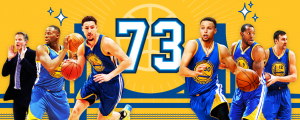
They have a pretty good team
A title for either team in the 2016 Finals would represent a never-before-seen accomplishment. In the modern NBA, only a few title rounds have come close to the enormity of Cavs-Warriors. These were series that pitted teams with real history at stake — an all-time great four-year run by the Heat clashing with the dynastic Spurs, a blood rivalry rekindled as the Celtics traded a couple championships with the Lakers in the span of three years… The Lakers and Spurs of the early-mid 2000’s were relatively unchallenged by an Eastern Conference with no real top dog in between Jordan’s retirement and Boston’s formation of the Big Three. The 90’s saw some monumental Finals series as the Bulls staked their claim on GOAT status en route to three-peating twice while taking down some of the heaviest hitters of the decade, but the challenge for that team seemed to be whether they could surpass the ridiculous standard of greatness set by themselves… The big difference between then and now is that Jordan played for the Bulls, and the Bulls always won. In 2015-16, “Jordan” is LeBron, and he plays for the underdog tasked with bringing down Goliath. Again, you’d have to go back to the 80’s when the Celtics-Lakers rivalry was the lifeblood of the NBA to find a championship round with the kind of high stakes on both sides that Cavs-Warriors has.
Old School vs. New School
The importance of Cavs-Warriors 2016 goes beyond individual or team-wide legacies. This is a battle for the future of not just the NBA but basketball as a sport. It’s old school vs. new school. From roster construction to personalities to style of play, the Cavs and Warriors of the 2015-16 season represent two franchises heading in opposite directions, and the winner of this Finals could impact the way we view the game.
The Cavs are the old school. LeBron would tell you that about himself. The Cavaliers have a mature, veteran roster centered around the old Big Three model, in which a team assembles –you guessed it — three superstar players and that collection of talent then competes for a title. Cleveland’s Big Three of LeBron, Kyrie Irving and Kevin Love was assembled via the draft, a trade, and free agency. The team rebounds with the best of ’em, shoots midrange jumpers, and relies on the individual excellence of its Big Three to isolate, create mismatches, and attack inside the paint in order to open up the game for the team’s role players.
Contrast the Cavs’ style to the new school Warriors, who have taken a brand new approach to team-building that their owner haughtily touts as “light years” ahead of other organizations. The Warriors’ successful run is the culmination of forefront analytics data gathering and an innovative roster construction designed to take advantage of rule changes first instituted in the NBA in the late 90’s, rules that eliminated now-illegal contact on the defensive end and allowed offenses to run more openly and free-flowing. You’ve probably heard a number of retired NBA stars scoffing this season that Curry and the “jump shooting” Warriors would never have survived in their rough n’ tumble playing days when perimeter play was much more physical.
True or not, our present NBA makes it advantageous to predicate an offense on moving the ball around the floor to find the best shot, preferably an open corner three, based on pure point-per-shot value — and that’s exactly what Golden State has capitalized on. The Warriors play with their “team ball” philosophy (think the Spurs on steroids) and pit two of the best shooters in NBA history with an a-positional roster that emphasizes long, athletic wings who can both pass, shoot and defend in lieu of traditional back-to-the-basket big men. While the Warriors do technically have a “Big Three,” as in, three really freaking good players in Curry, Klay Thompson and Draymond Green, their greatest strength is depth and being able to interchange their parts without much or any dropoff. Further, unlike the Cavs, the Warriors’ Big Three were all drafted and developed within the organization — the homegrown approach, some might call.

Future of America?
If the Cavs win the 2016 title, the NBA will remain in a state of equilibrium. The best talent will have risen to the top and an all-time individual great will have beaten a seemingly unbeatable team in a tough series of seven. If the Warriors walk away with the win, their victory may confirm a change in the winds across the league. That team is young and cool, the shiny new toy of the NBA. They will have proven to have found a cheat code that breaks the game of basketball, the new way to dominate in the modern era. The Warriors’ roster and makeup is unlike anything the NBA has ever seen, and it’s both amazing and terrifying. The effects spread beyond the NBA, too — all the kids already love to shout “Steph!” as they hurl three-pointers 30 feet from the basket with 20 seconds on the shot clock. The popularity of Curry and the Warriors has seeped down to the building blocks of America; a victory on their end serves as validation for people who are excited to embrace the new face and style of basketball. Looking back once again to past Finals, how many times could we say the state of the entire sport was being influenced? It’s not often. Basketball is transforming before our very eyes; watching a game today looks dramatically different than a game from 50 years ago, even 10 years ago.
These 2016 Finals aren’t about just the 10 players on the court… they’re about us all and our place in the the past, present, and future of basketball.
Those are some high stakes.

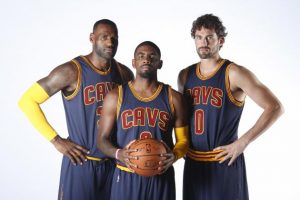
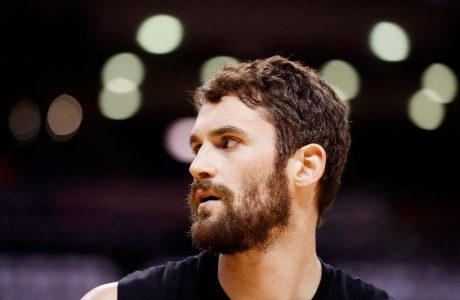
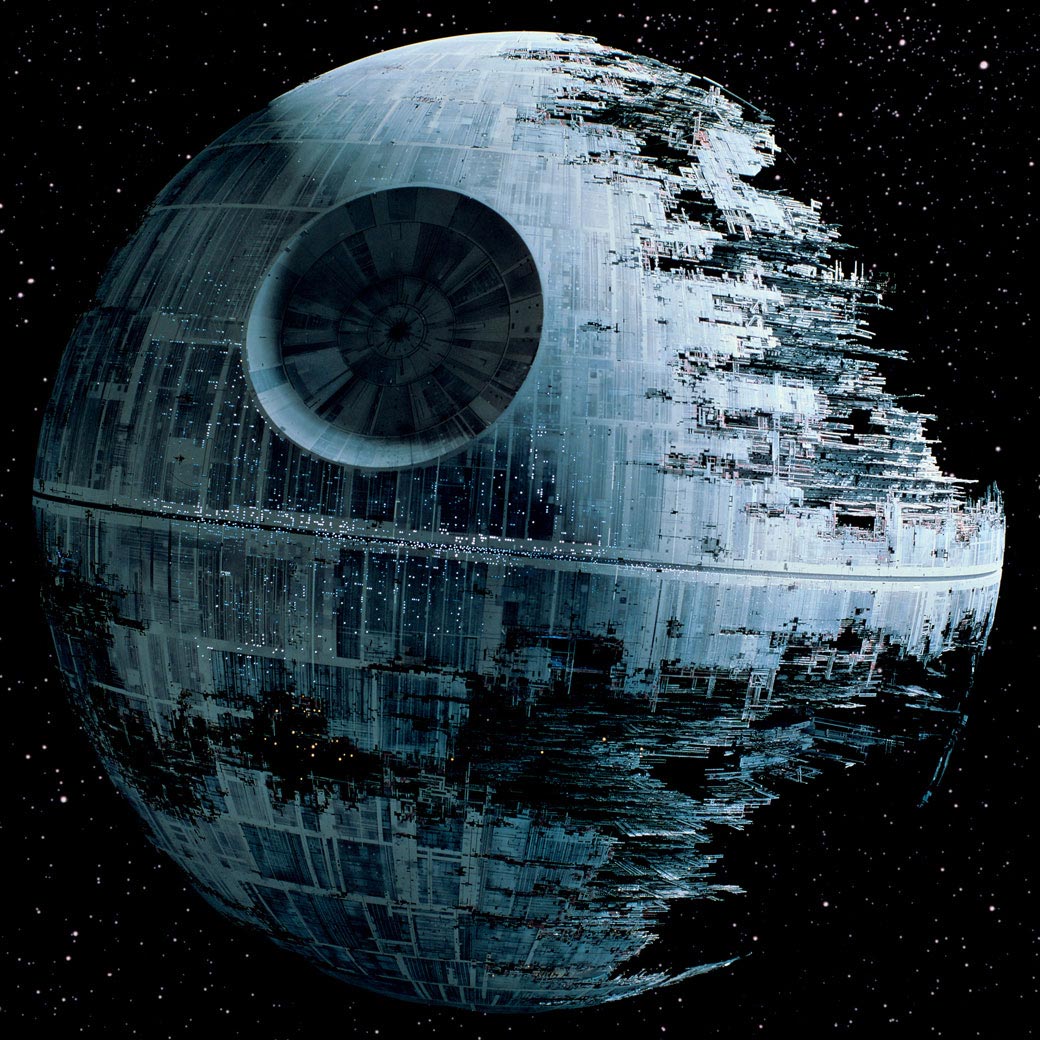
Well, based on Game 6, I think we have clarity about who is the top dog. But Game 7 is all that matters.
Cavs please just play hard from the beginning and protect home court. All the fans in the arena and we deserve it.
COLS 714 IS 100% THE BEST ——ALWAYS WANTED TO KNOW WHAT THE REFENCE IS FOR 714( I’M SAYING IT IS FOR THE BABE HIMSELF HOME RUN TOTAL)—–ARE WE READY TO RUMBLE ——-GO CAVS !!!
I hate this. I hate wanting something so bad but having the sinking feeling its going to end badly.
I share the same feeling. I just hope the Cavs don’t relax and that they have learned at last that they need to play hard for the full 48 minutes.
Almost forgot
Cavs the Blog is 100% the best
Surprised this hasnt made its way here: http://www.theplayerstribune.com/richard-jefferson-cleveland-cavaliers-nba-finals-who-we-are/
Read that earlier. Incredible editorial.
May be RJ’s way of saying, “Hey Coach, how about more than 14 minutes tonight?”
RJ is amazing. The guy has really brought it this year. Hope he has a great game tonight. We need the bench to STEP UP!
OK that was great now I’m freaking out
I AM FREAKING THE EPH OUT!!!!!!!!!!
You and me both Cols.
Do you live in Colorado so you can self medicate?
Haha sorry, Youngstown.
That’s where I’m from.
Really? How about that.
Awesome article and great read. Thanks for that !!
I actually put Lebron as top 5 players of all time and Curry may go down as top 20 if not top 10 players when it is all said and done. Series suddenly become a competitive one, thanks to Cavs game 5 win.
Thanks, glad you liked it! Sure had a lot nice things to say about the W’s lol.
LeBron is top 2 players all-time. Curry has to play at or near this level for about 8 more years to get to top 20.
Andrew Bogut now talking about how he thinks JR’s fall was intentional…. very good GS, please keep it up.
Hahahaa…how did he “cannonball?” Why don’t we ask Harrison Barnes?
But every single time Draymond hit someone in the balls, he was just trying to play the game. Okay.
I didn’t see that…seriously? Usually Bogut is more sensible than that. If he said that, this team has vaulted to the #1 cryingist team in NBA history. They were pretty close to the top even before this.
Ok, saw the quote…not exactly saying that. That team is still incredibly douchey, but Bogut gets a pass on this. Looks more like some scummy writer stirring $hit.
https://amp.twimg.com/v/4e8001fd-9129-40f5-a5c1-8865a8c90cc4. Hype video.
Amazing.
That was bad ass
I don’t get the infatuation with legacy that these athletes have. Storytelling makes for an emotional connection with the sport. But when those emotions become negative they want nothing to do it. Can’t have it both ways. Play the damn game and win.
Short article on Steve Kerr dropped into my inbox: http://www.newyorker.com/news/news-desk/steve-kerr-and-his-mother-talk-about-the-legacy-of-his-fathers-assassination
We’ve never seen Kerr try and work with anything but a great team, but I think he’s on Pop’s heels as the best coach in the league.
We credit Kerr for making a ‘good’ team ‘great’.
This succeeded in making me even more anxious for tonight’s game. Seriously, 9 o’clock can’t come soon enough. I was surprised I was able to eat lunch…
Meh. Its 2 games of basektball, not that much can be decided. Hopefully the Cavs role players will show up and the Cavs win twice. But likely the Warriors win
And LeBron’s legacy is cemented as one of the best players ever, even if he doesnt play another second
I don’t think this old school vs new school dichotomy is true. The Cavs and the Warriors were assembled pretty much the same way. Both FOs put tons of resources into analytics and both are know for being at the forefront of that. Both teams drafted, traded, and signed players to their roster. The Warriors got a little bit luckier in the draft and the Cavs got a little luckier in FA. The Warriors have had a deeper team, no doubt, but that’s more by chance than anything else. They did not know that Curry would become a destroyer of… Read more »
I mean, all teams are built by drafts, trades, and free agency, the point is just that the W’s “lucked” into drafting their top three guys. That’s not the crux of the new vs old school thing, just a point to highlight how the teams are different.
I mean, they both emphasize three point shooting. They both have great point guards. They are way more similar than dissimilar.
8 hours to go….
Good talking points. My points: If the Cavs win, LeBron James is the hands down Finals MVP. Point 2: This has been a coming out party for Kyrie Irving. On a lot of different levels. Kyrie is guarding the best shooting PG in my lifetime and doing an outstanding job of it. In the first two games, he’d back down a bit or go into too much dribbling when guarded by a Barnes or Green… but no more. It’s hard to wrap my head around the fact that Kyrie is playing some very good D. He’s still not going to… Read more »
/if/ the Cavs pull out a miracle, I think its just as likely to come on Kyrie’s back as LeBrons. I think our best chance to win is a universe where Kyrie is the Finals MVP, and LeBron is pedestrian 30/12/9 LeBron.